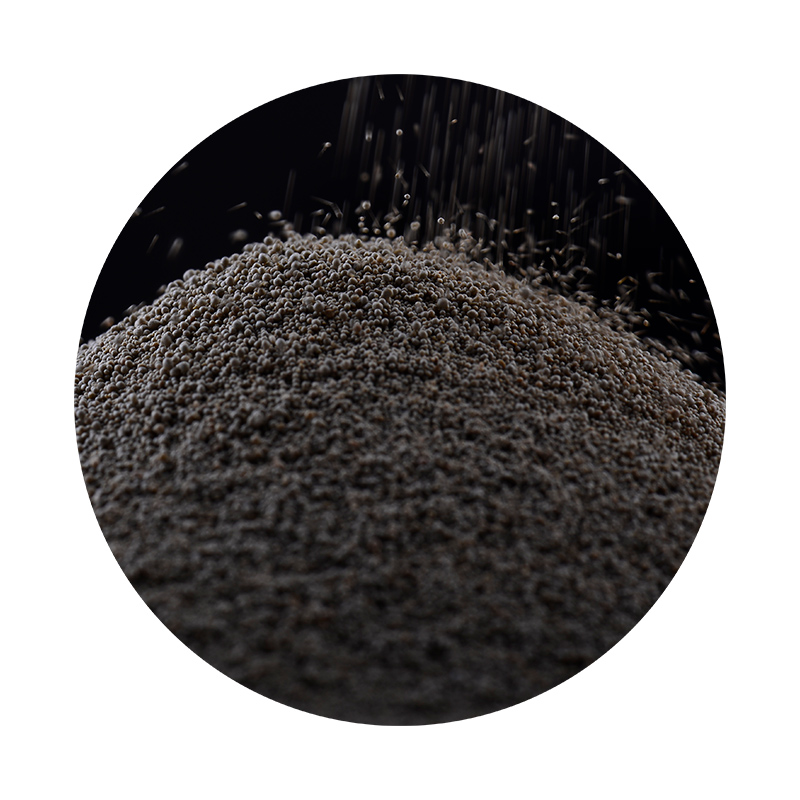Sanding 3D Resin Prints A Guide to Achieving Smooth Finishes
3D printing has revolutionized the way we create objects, especially with the advent of resin printing technology. Unlike filament-based methods, resin printing can produce intricate details and smooth surfaces. However, post-processing is often required to achieve the perfect finish, and sanding is one of the most effective techniques to refine your 3D resin prints.
Why Sanding is Important
Sanding removes surface imperfections, such as layer lines and minor defects, which can be particularly noticeable in detailed models. While resin prints are generally smoother than those made with FDM (Fused Deposition Modeling), they still often have a slightly rough texture after curing. Proper sanding not only enhances the aesthetic quality of your print but also prepares the surface for painting or finishing treatments.
Tools and Materials
sanding 3d resin prints

To effectively sand your resin prints, you'll need a few essential tools 1. Sandpaper A variety of grits is recommended, starting from a coarse grit (around 100-200) to remove significant imperfections, and gradually moving to finer grits (up to 2000 or higher) for a smooth finish. 2. Sanding Sponges or Blocks These can help hold the sandpaper and allow for better control, especially on larger flat surfaces. 3. Water Wet sanding can significantly reduce dust and prevent the sandpaper from clogging. It also reduces heat buildup, which can damage your print. 4. Safety Gear Always wear a mask and goggles to protect against dust particles.
The Sanding Process
1. Prepare the Print Ensure your print is fully cured. Wash it in isopropyl alcohol to remove any uncured resin, then dry it thoroughly. 2. Start with Coarse Grit Begin sanding with medium to coarse grit sandpaper. Focus on the areas with noticeable imperfections. 3. Progress to Finer Grains Move to finer grits, continuing to sand until you achieve the desired smoothness. Use circular motions and apply even pressure. 4. Wet Sanding For the final stages, consider wet sanding. Dip the sandpaper in water and lightly sand until a perfect finish is achieved. 5. Clean Up After sanding, wash the print again to remove dust and debris. Be sure to let it dry completely before applying any primer or paint.
Conclusion
Sanding is a valuable step in the post-processing of 3D resin prints that can significantly enhance the overall quality of your projects. With the right tools and techniques, you can transform a rough print into a smooth, professional-looking piece. Whether you are creating prototypes or art pieces, mastering the art of sanding will elevate your 3D printing results to the next level. Embrace the process, be patient, and enjoy the satisfaction that comes from producing flawless finishes.
Post time:Қыр . 11, 2024 20:52
Next:Foundry Sand Properties
